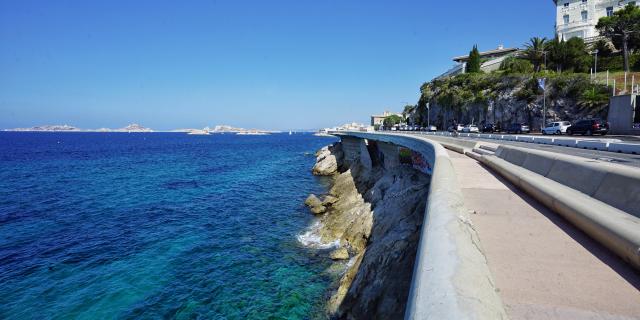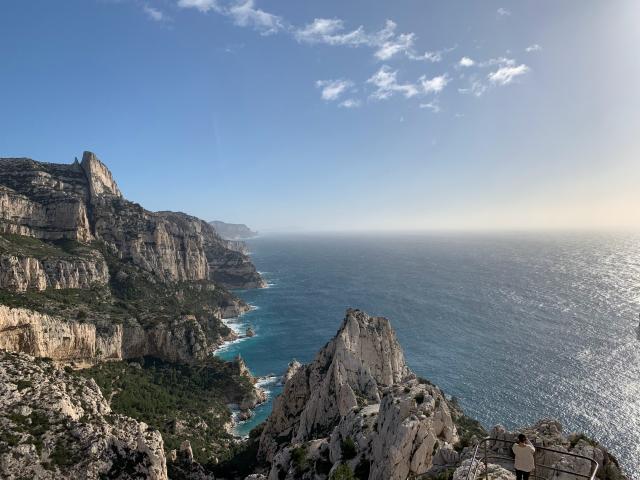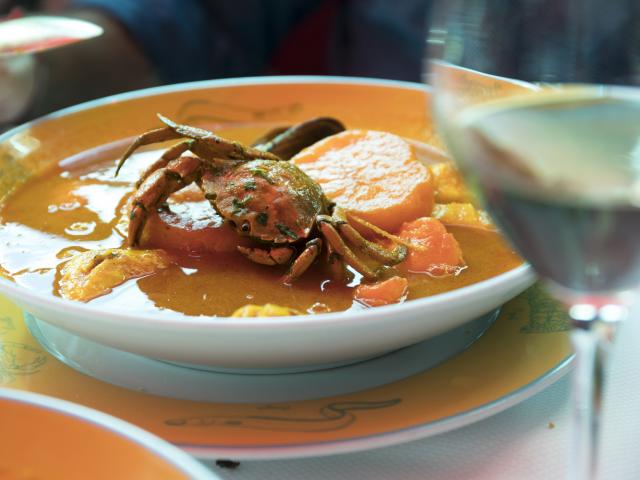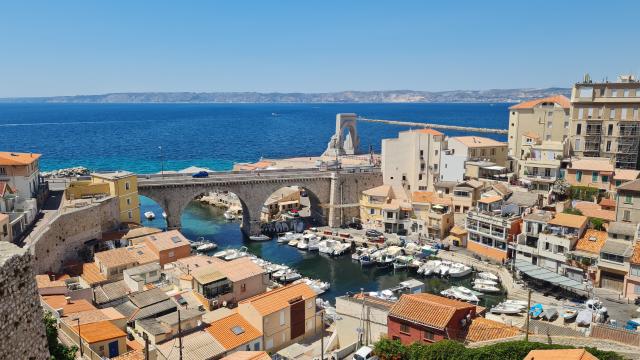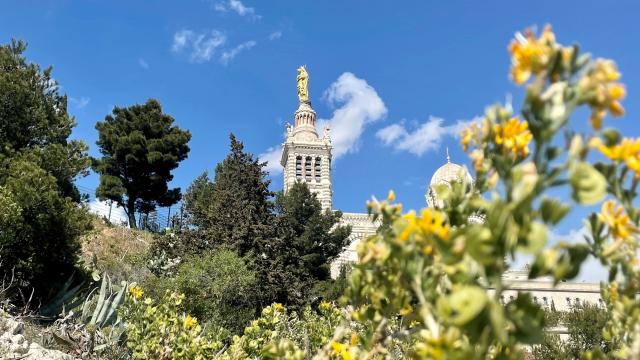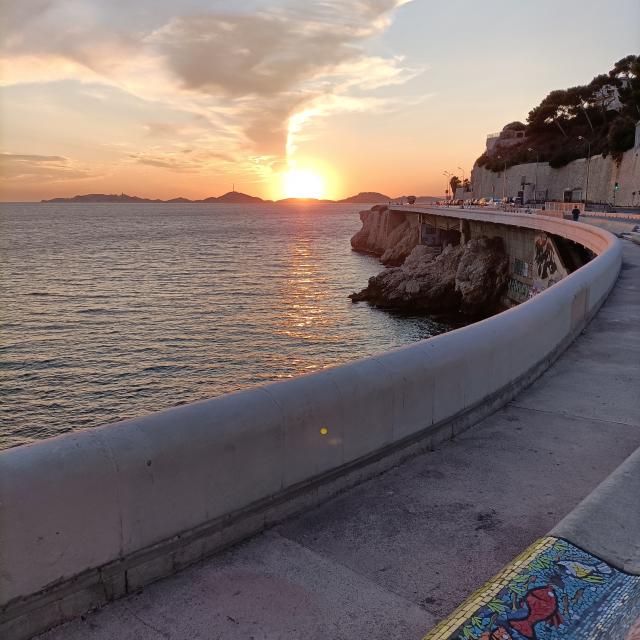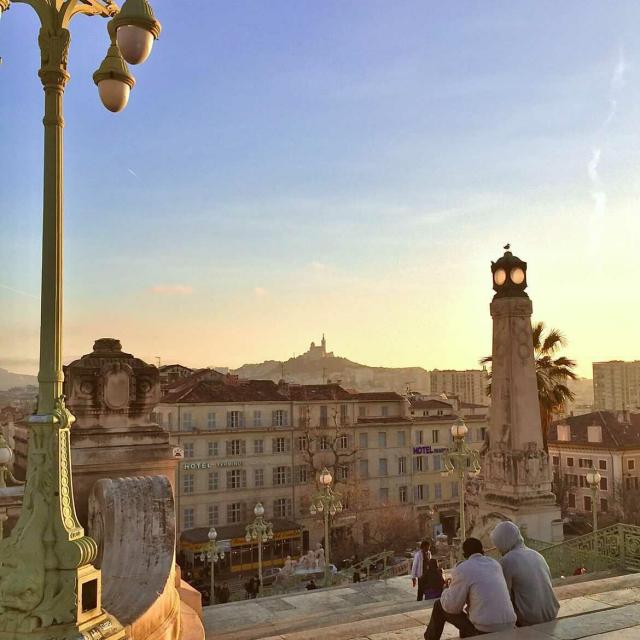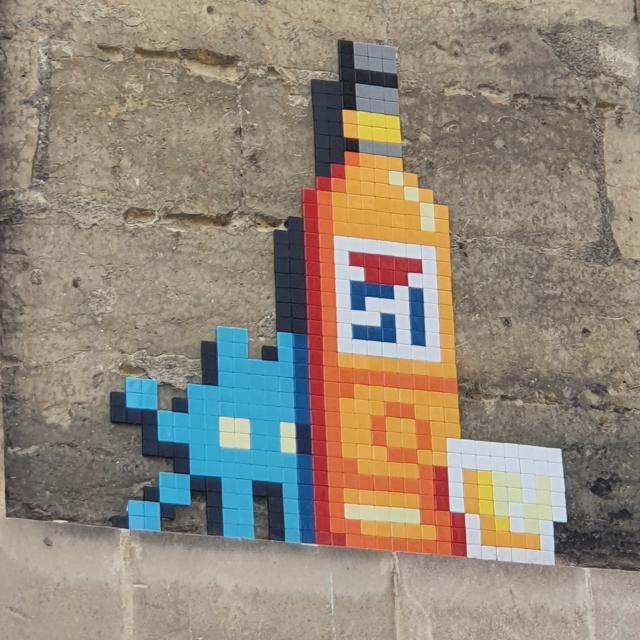Discovering Marseille in January in the sun: Cultural visits
Must-see places between history, culture and heritage
Culminating at 154 meters, the basilica of Notre-Dame de la Garde welcomes approximately 2 million visitors a year. Of Roman-Byzantine inspiration, it watches over fishermen, sailors and the entire population of Marseille. Locals have christened her the Good Mother, certainly in reference to her protective maternal role.
Under the Provencal sun, the Mucem is the first major national museum dedicated to the Mediterranean. As an important place of architecture and heritage, this building – imagined by Rudy Ricciotti – is a cultural city open to the sea. Mucem offers a diversity of content in its permanent and temporary exhibitions around a variety of themes (history, anthropology, archaeology, art history and contemporary art). With its village, gardens and countless little secrets, Fort Saint-Jean, an integral part of Mucem, is a enjoyable maze in which you’re likely to get lost with gusto while enjoying the sun’s rays.
Another must-see place in Marseille, the Château d’If is accessible viaa maritime shuttle that takes you right up to the island. A former state prison that attracts many visitors every year, this fortress cradled by the Mediterranean sun was made famous by Alexandre Dumas in LeComte de Monte-Cristo, the novel in which the hero is imprisoned in the castle.
A true architectural feat, the palais Longchamp was originally used to accommodate the waters of the Durance in the city. This watercastle surrounded by a garden and waterfall is made up of several entities: the Fine-Arts Museum of Marseille (in the left wing), the Natural History Museum of Marseille (in the right wing), a public garden at the rear as well as the Observatoire de Marseille. Visiting the Phocaean city in January, this glory to water of unparalleled beauty is an absolute must-see.
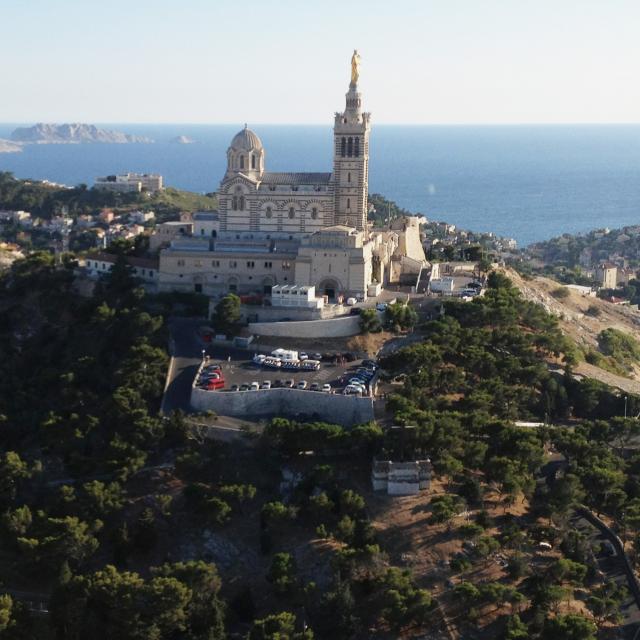
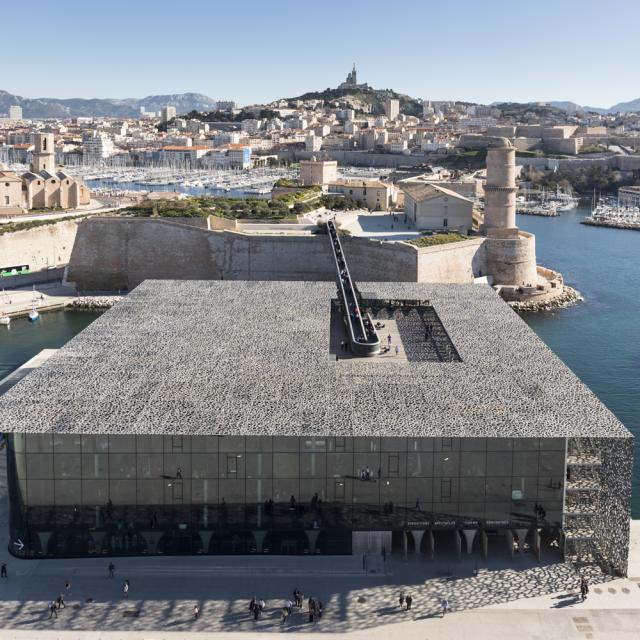
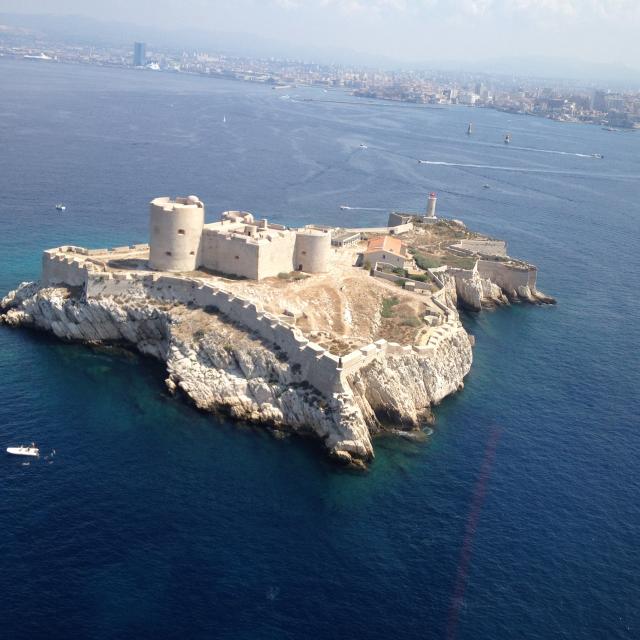
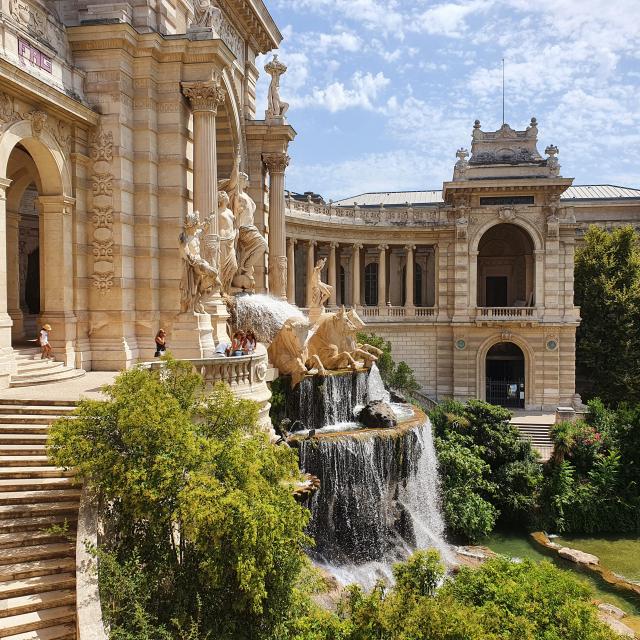
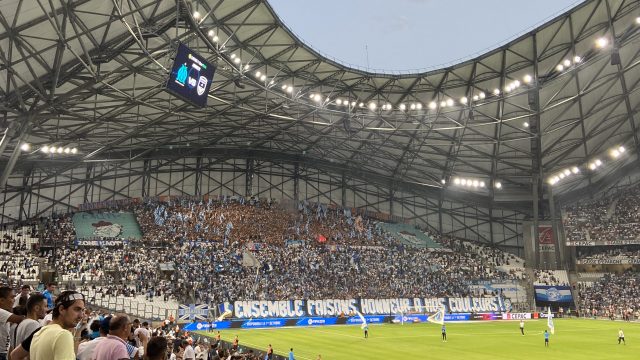
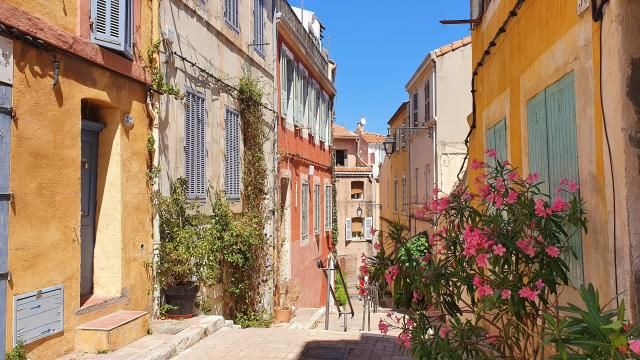
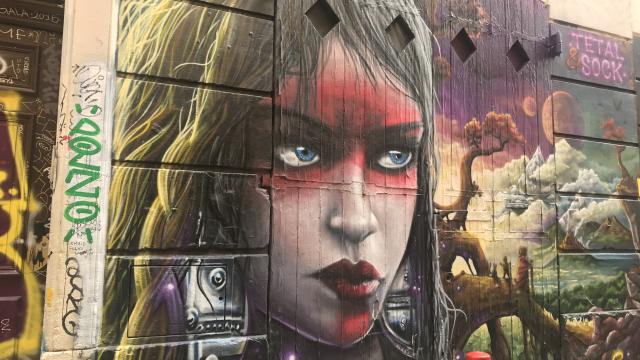
Bustling, authentic neighborhoods
Aside from the famous Vieux-Port, there are other atypical Marseille neighborhoods to visit during your stay in January. Such is the case of the Panier district, the oldest district in the city. Its colored and vegetated alleys, its artisan boutiques and charming restaurants are sure to please. Are you a fan of the series Plus belle la vie? You’ll feel like you’re plunging into the heart of the fictional district of Mistral. After a stroll in the sunshine, stop off at a bistro for some pistou soup or a nice glass of pastis, you won’t be disappointed!
Eager to discover an original Marseille neighborhood? Head to the Notre-Dame-du-Mont district in the 6th arrondissement, home to the famous cours Julien, a place where street musicians share their compositions in front of a warm audience. This neighborhood also showcasesstreet art via numerous colorful graffiti in the streets and on the staircases.
If you’re looking for an out-of-the-ordinary experience in the presence of Marseillais, the Orange Vélodrome stadium is the place to go. For football fans, this is a must-see matchday venue. The atmosphere is electric and festive. Olympique de Marseille’s supporters are renowned for making the atmosphere! The best plan? Visit the stadium from the inside during your stay in the Phocaean city! You’ll have privileged access to the dressing rooms, press room, preparation room and trophy display.
